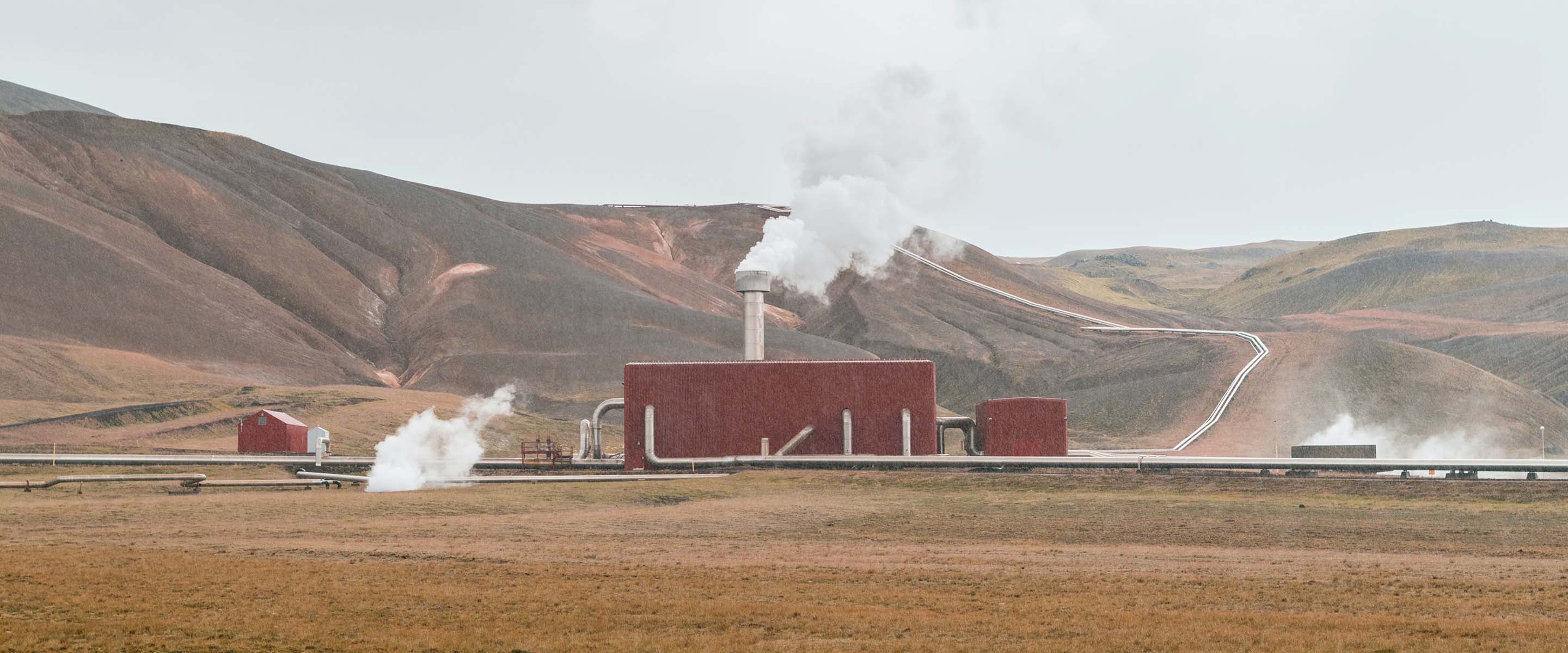Additionality of Carbon Offset Projects


🌍 Carbon markets can feel overwhelming—fragmented data, limited transparency, and conflicting advice make it hard to know where to start. In this webinar, our experts give a clear, practical introduction to the VCM.
Learn how to evaluate the additionality of carbon offset projects effectively to make informed decisions when purchasing carbon credits.
In the fight against climate change, carbon offset projects play a crucial role. These projects, by way of issued carbon credits, help organizations balance their carbon footprints while working toward a more sustainable future. It is, however, essential to ensure these projects are genuinely beneficial and not just “greenwashing.” That’s where the concept of additionality comes in. In this post, we will explore the nuances of additionality and its significance in ensuring the credibility and effectiveness of carbon offset projects. You’ll gain insights into various methods of assessing additionality, the diverse types of carbon offset projects, and practical tips for evaluating and purchasing high-quality carbon credits. Our expert guidance will equip you to make informed decisions, support effective climate solutions, and further your organization’s sustainability objectives.
What Is Additionality?
In the context of carbon offset projects, additionality encompasses the environmental and financial aspects that guarantee emissions reductions wouldn’t occur without support from carbon credit sales. This principle is vital to the credibility of carbon credits and the effectiveness of offset projects. To be deemed additional, a project must overcome barriers that prevent its implementation under a “business-as-usual” scenario. These obstacles may include financial, technological, alternative land use, institutional, local tradition, ecological, and social factors.
How to Measure Additionality
The challenge of objectively measuring additionality arises due to the multiple criteria involved and the fact that critical criteria like additionality are a matter of confidence rather than absolute truth. Assessing additionality typically involves using various methods, driven by specific protocols and registries. Internationally recognized carbon registries which issue project standards and protocols for carbon credit issuance, such as the Verified Carbon Standard (VCS), Climate Action Reserve (CAR), Gold Standard (GS), American Carbon Registry (ACR), and United Nations (UN) Clean Development Mechanism (CDM), provide guidelines for assessing additionality.
Project-based methods and standards-based methods are two common approaches to assessing additionality. The project-based method considers the unique circumstances and barriers faced by individual projects. In contrast, the standards-based method compares a project’s performance to a predefined baseline or industry benchmark. Selecting a suitable method and protocol for a given project is crucial, as it directly impacts the project’s credibility and effectiveness. When purchasing carbon credits for your business, understanding the specific methods, protocols, and registries used in the evaluation of additionality will help you make informed decisions and ensure the quality of your investment.
Diverse Carbon Offset Project Types
Before diving into the world of carbon offset projects, you should familiarize yourself with the various types available. The following table provides an at-a-glance overview of a variety of both nature-based and technology-based solutions. Each project type includes examples, potential red flags, and its additionality status, which is nuanced and varies by project and protocol. This information will serve as a foundation for understanding the diverse options available and guide you in selecting the most suitable and impactful projects for your organization’s sustainability initiatives.
A Diverse Selection of Carbon Offset Projects and Their Additionality
| Category | Project Type | Examples | Red Flags / Debate | Additionality Status |
| Nature-Based Solutions | Reforestation | Forest restoration, agroforestry | Long-term permanence | Additional |
| Improved Land Management | Sustainable agriculture, soil carbon sequestration | Leakage, monitoring challenges | Additional | |
| Wetland Restoration | Mangrove restoration, peatland conservation | Land-use conflicts | Additional | |
| Technology-Based Solutions | Renewable Energy | Wind, solar, geothermal energy projects | Grid connection issues | Additional |
| Energy Efficiency | Industrial efficiency, building retrofits | Measurement and verification | Additional | |
| Industrial Gas Destruction | HFC-23, N2O destruction | High offset prices | Debated | |
| Large Hydropower | Dam construction, hydroelectric projects | Environmental impacts | Debated |
Skip the RFP—CarbonBetter can help
CarbonBetter Certified Offset Portfolios allow carbon buyers to participate in a variety of projects, geographies, and technologies in one simple transaction rather than navigating a lengthy and complex RFP process with multiple carbon market participants.
Learn More about CBCO 22-1Debated Additionality
Additionality is debated in certain carbon offset projects, such as industrial gas destruction and large hydropower, and stems from a number of factors that raise questions about their genuine emissions reductions. For instance, in the case of industrial gas destruction projects, high offset prices can incentivize industries to produce more potent GHG, like HFC-23 and N2O, just to destroy them and earn carbon credits. This phenomenon, known as the "perverse incentive," undermines the project's intended environmental benefits and casts doubt on its additionality.
Similarly, large hydropower projects face criticism due to their potential negative environmental impacts. The construction of dams and other hydroelectric infrastructure can lead to habitat destruction, loss of biodiversity, and displacement of local communities. Additionally, large reservoirs may produce significant methane emissions due to the decomposition of organic matter in the water, which further contributes to climate change. These factors make the additionality of large hydropower projects a subject of debate among experts.
The debated additionality of certain carbon offset projects is primarily due to the potential negative consequences that may arise from their implementation. It is crucial for organizations looking to invest in carbon credits to be aware of these controversies and assess the additionality of projects carefully to ensure their sustainability goals are met effectively.
Evaluating Additionality: Tips for Purchasing Carbon Credits
As you embark on your journey to purchase carbon credits for your organization, it's crucial to have a strategic approach to ensure the additionality of the projects you support. To help you navigate this process, we've compiled a list of practical tips to evaluate additionality when purchasing carbon credits. These guidelines will ensure you make informed decisions and contribute to genuine, high-impact climate solutions.
Here are some key tips to consider when evaluating carbon offset projects for additionally:
- Research the project's background and methodologies—Understand the specific barriers the project faces and how it overcomes them, ensuring the project's emissions reductions are genuine and wouldn't occur without the support from carbon credits.
- Look for projects certified by recognized standards and issued on reputable registries—Projects verified by organizations such as VCS or GS follow established guidelines for assessing and demonstrating additionality, increasing the credibility of the carbon credits.
- Consider the project's location and its potential for co-benefits—Assess the project's potential to create additional positive impacts, such as job creation, habitat preservation, and improved air quality, enhancing the overall value of your carbon offset investment.
- Reach out to experts like CarbonBetter for guidance—Leveraging expert advice on additionality and project selection ensures your organization’s support for high-quality, additional carbon offset projects that align with your sustainability goals.
Conclusion
Understanding and evaluating additionality is critical to making informed decisions when purchasing carbon credits, but it is only one facet of determining if a carbon credit is high quality. By investing in well-vetted, additional carbon offset projects, your organization can contribute significantly to the global fight against climate change. To ensure the highest quality and effectiveness in your carbon offset projects, partner with CarbonBetter for expert guidance and support. Contact us today to get started on your journey toward achieving your sustainability goals.
Ensuring a carbon offset project is genuinely additional requires careful evaluation of the project's background, methodologies, and barriers it overcomes. Look for projects certified by recognized standards and issued on reputable registries, such as VCS or GS, as they follow established guidelines for assessing and demonstrating additionality. Consider the project's location and potential co-benefits, and seek expert guidance from a company like CarbonBetter to ensure the highest quality and effectiveness of the carbon offset projects you support.
Prioritize projects that demonstrate additionality, have a positive environmental and social impact, and align with your organization's sustainability goals. Assess the project's potential for co-benefits, such as job creation, habitat preservation, and improved air quality. Partnering with CarbonBetter ensures expert guidance and support in selecting high-quality, additional carbon offset projects that align with your organization's values and objectives.
CarbonBetter provides expert guidance and support throughout the process of purchasing carbon credits and selecting the most suitable carbon offset projects for your organization. By leveraging CarbonBetter's expertise, you'll gain insights into additionality, project evaluation, and the nuances of different carbon offset projects. This partnership ensures your organization supports high-quality, additional carbon offset projects that effectively contribute to your sustainability goals and the global fight against climate change.

About the Author
Pankaj Tanwar is Managing Director of Climate Services at CarbonBetter. He has experience leading Fortune 100 companies through their sustainability journeys, including sustainability driven growth in the food industry. Pankaj holds an MBA from Northwestern University’s Kellogg School of Management and a BTech in Mechanical Engineering from the Indian Institute of Technology, Kanpur.



